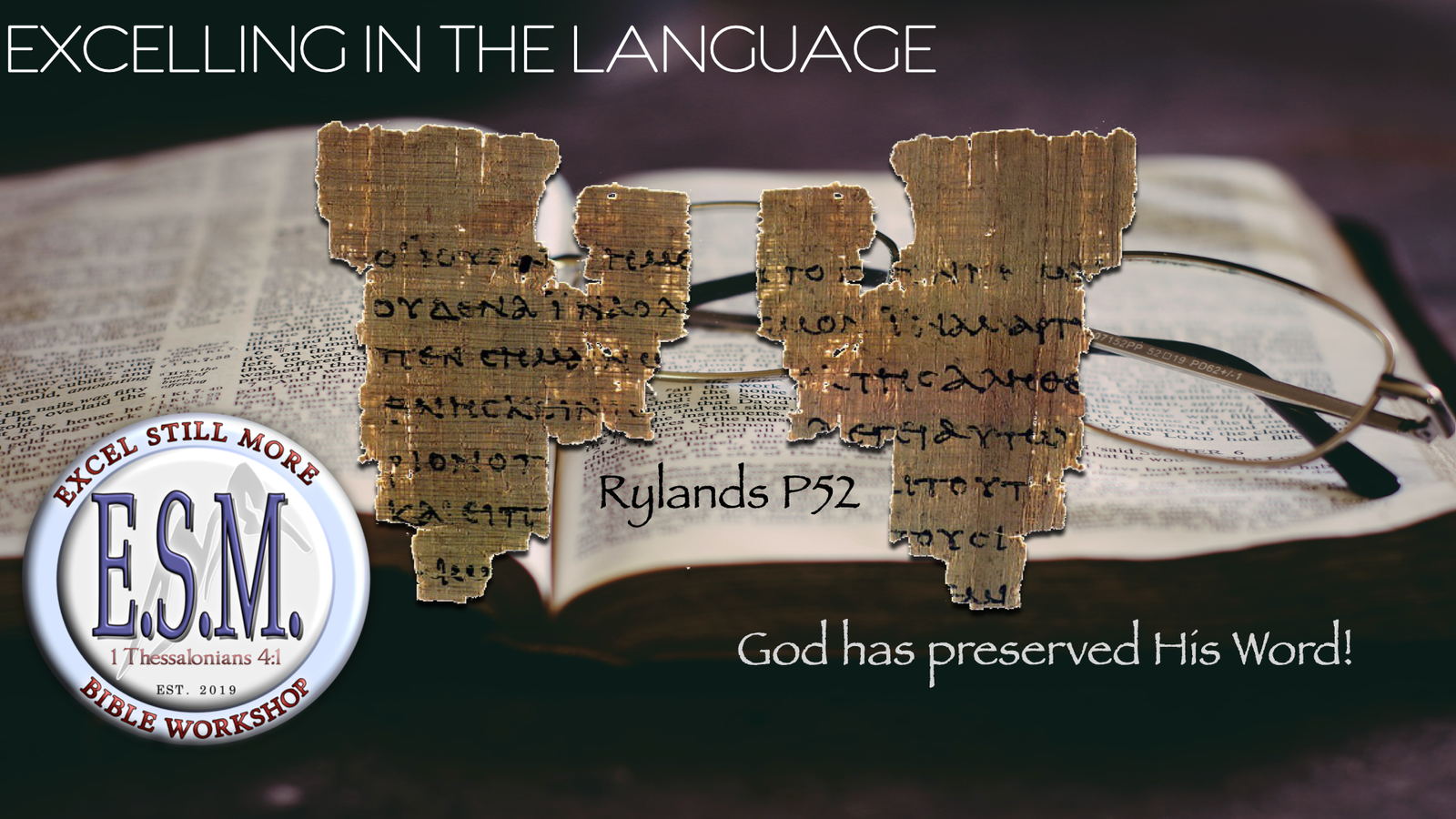My intention here is simply to boost your faith in the integrity of the written Scriptures. You can be certain that your English Bible accurately represents the message of its original authors.
Critics of the Bible often say things like,
“The Bible isn’t accurate because it was hand copied for thousands of years. So we can’t know what the original compositions said.”
First of all, we don’t use this kind of reasoning with any other written text. None of Shakespeare’s autographs exist. There are scant manuscripts available for the works of Plato and Socrates, and those that do exist have massive time gaps, i.e., they are distant copies of the originals. Do we doubt the integrity of Shakespeare’s plays or Plato’s words? We do not—we accept the limited record and move on.
Granted, the stakes are much higher with Scripture. If we misquote Shakespeare, the consequence is relatively small. But Christians claim that the Bible is God’s inerrant Word—the Word of life. We believe that it is the book by which we will be judged after this life. We claim that it has an authority supremely higher than any human court.
While there are many layers necessary to prove these things, the most basic layer concerns the integrity of the words themselves. When I read my English Bible, does it represent what the real historical Jesus said and did 2000 years ago? Are the words of Peter preserved, or have they been corrupted? Did John’s gospel survive its journey through countless scribes and monks, who did nothing but copy and recopy sections of Scripture by hand?
The short answer is yes—resoundingly so. Let me give you just one example. In my office, I have a copy of a tiny papyrus fragment known as Rylands P52. It is written in Ancient Greek (Koine), and it depicts a very early style of handwriting. Most Greek scholars date it between AD 125 and 150.
The unique thing about this papyrus isn’t its antiquity but its contents. It was found in Egypt in 1920, and in 1934 Colin H. Roberts translated it to English and was surprised to find that it was a section of Scripture from John 18. The front side of this tiny fragment contains parts of verses 31-33, and the backside contains parts of verses 37-38.
Astoundingly, those ancient words, written on a tiny piece of papyrus, are the same words you can read today in your English Bible. And what’s amazing is P52 was copied within a few decades of John’s original writing! It’s not as though we made a magical jump from John’s autograph to a King James Bible. No! We have countless witnesses, all through the ages, and each reflects the words you read in your very Bible. It’s just incredible when we have a testimony of such antiquity. It tells us that our Bibles, though copied by hand, were copied with extreme care and accuracy.
This tiny fragment tells one enormous truth: God has preserved His Word. Your Bible is accurate. When you read John, you are reading what he wrote. As we uncover more and more ancient evidence, the arrow pointing to the Scriptures’ accuracy is only always made straighter and bolder. So, in the next few installments, I want to isolate some of the more notable manuscripts we’ve discovered, and by them, you will be emboldened to lean more heavily on the Bible.
Daniel Mayfield
"Daniel serves as a preacher and teacher at the Oldham Lane Church of Christ in Abilene, Texas. He does this work with the invaluable aid, wisdom, and encouragement of his wife, Miranda. They have two young sons, Judah and Zion, and one beautiful daughter, Eden. Daniel had served in Oklahoma for nearly five years, before which time he and Miranda served as missionaries in the Caribbean. Daniel is a graduate of both Bear Valley and Oklahoma Christian University. His greatest passion is to preach the gospel of Jesus to anyone who will listen."






